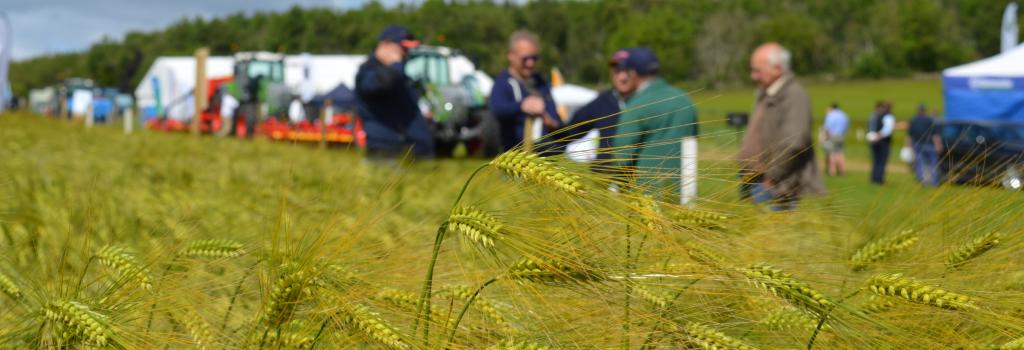Supporting early career scientist, Linsan Lui, attending the Society for Experimental Biology Centenary Conference 2023 in Edinburgh, where he presented his research on barley. Here is a summary of his research.
Among cereal species, barley is distinctive in producing ‘covered’ grain where the hulls tightly adhere to a sticky cementing layer secreted by the grain surface (pericarp). Some barleys are partial hull shed due to compromised grain hull adhesion causes, known as “skinning”, an undesirable trait for the malting industry and observed more frequently in new cultivars. Understanding the genetic and developmental mechanisms underlying grain-hull adhesion is crucial for solving the skinning issue. In this study, we investigated the grain-hull adhesion mechanisms by focusing on two “skinning” mutants. These two mutants were previously characterised by defective epidermal patterning and cuticle formation in barley leaves due to impaired function of two signalling regulators, a MAP kinase kinase kinase, and a potential scaffolding protein. The mutants’ grains exhibit uneven pericarp cuticle thickness and composition, distorted pericarp structure, and patches of non-sticky pericarp as well as clusters of epidermal hairs on the inner side of the hull. These findings suggest that these regulators, crucial for vegetative epidermal features, also play important roles in pericarp and hulls which may promote cementing layer secretion and smooth contact interfaces to promote strong grain-hull adhesion.



